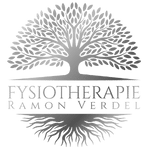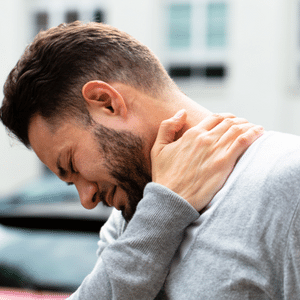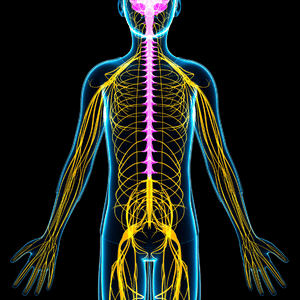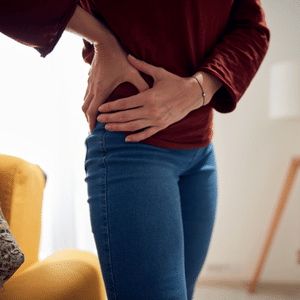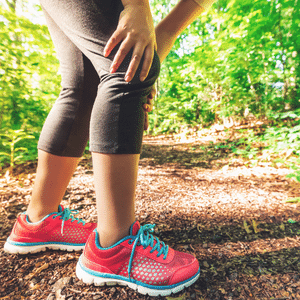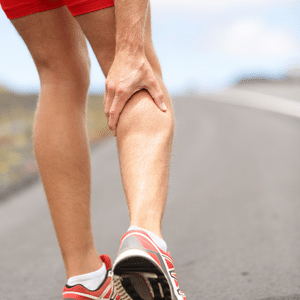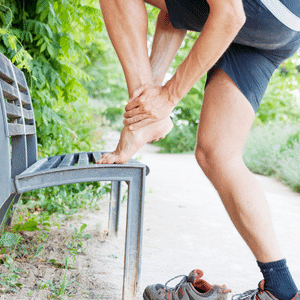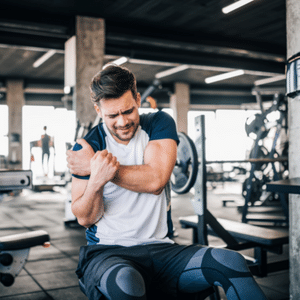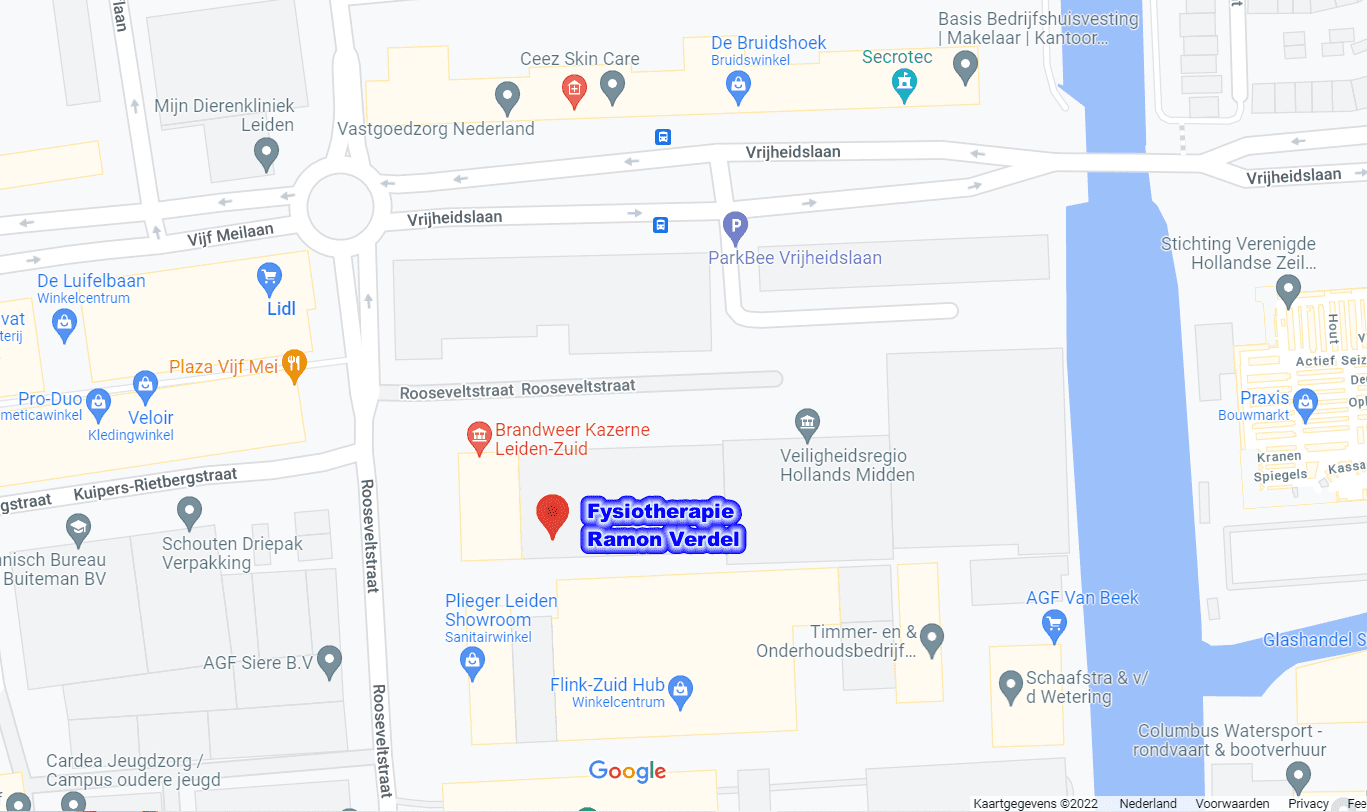BACK PAIN
Back pain is increasingly common. About 80% of the Dutch suffer from back problems now and then. The back consists of several parts. Your neck, upper back, lower back, and pelvis/SI joint. For more information about neck complaints, check out the page about neck and shoulder complaints.
ANATOMY
In humans, the back consists of seven cervical vertebrae, twelve thoracic vertebrae, five lumbar vertebrae, five sacrum vertebrae and the tailbone. The vertebrae are separated from each other by an intervertebral disc or discus. In the middle of your spine runs your spinal cord and nerves that control your arms, legs and torso.
There is a very nice video from Spine-health which shows what the spine looks like and how things work. Check it out: Spine-health video
In the spine there is an S shape. This S shape gives the spine flexibility and stability. This S shape also ensures a natural shock absorption. For each person, the S shape is different. The size of the S shape has little correlation with complaints.
It is true that if you cannot actively influence the S shape, for example by stretching your upper back, this can lead to complaints.
BACK PAIN – UPPER BACK COMPLAINTS
Upper back pain often manifests as back pain and stiffness between the shoulder blades and/or at the base of the neck. coughing, sneezing or deep breathing can also become sensitive or even painful.
Most of the upper back complaints are caused by the inability of the vertebrae of the upper back to fully stretch. If your upper back is continuously in a curved position and cannot stretch properly, then this can have a lot of consequences…
This way, the rib joints can get stuck. Stiff rib joints can hinder your breathing during exercise or rest.
The position of your shoulder blades depends on the rounding of your upper back. A convex posture from your upper back causes your shoulder blades to slide up over your torso. This reduces the movements of your shoulder blades. This limits your shoulder movement and can cause complaints in your shoulder.
BACK PAIN – LOWER BACK COMPLAINTS
BACK PAIN – PELVIC COMPLAINTS
ORIGINAL back pain – pelvic pain
Also with pelvic and back complaints the same rule applies: Where you have the pain, is rarely the place where the pain originates from.
In particular, the lower back and pelvis often compensate for reduced movement in surrounding areas such as your hips, upper back or shoulders. But also a sprained ankle or broken toe that was injured in the past can cause pain or stiffness in your back. It is therefore important to look beyond your sore back and look for the underlying cause.
Back and pelvic complaints can also be caused by scars from abdominal surgery, such as caesarean section or apendicitis surgery. If your scar is still stuck and sensitive, it is possible that this will affect your back and pelvic complaints.
RADIATION
Sometimes back pain and/or pelvic pain is accompanied by radiation to the buttock or hamstring. Although this is very annoying, in most cases you do not have to worry about it and it will go away by itself. Sometimes the large nerve in your leg can be pinched between the muscles in your buttock or hamstring which can give radiation to your leg. If you are worried about it, please feel free to contact one of our therapists.
BEST TO DO for back pain
Especially if you have acute problems with your back, it is more important THAT you move than HOW you move. Moving within the pain threshold has a pain dampening effect and accelerates the recovery process. So go for a walk, go dancing, get moving!
OUR TREATMENT for back pain
Physiotherapy can quickly provide relief from back pain. Our treatment helps to move the connective tissue, muscles and joints better and to reduce your pain quickly. We also provide you with exercises which help you to keep everything flexible.
Even if there is a nerve entrapment in the buttock or hamstring, we can solve it quickly.

